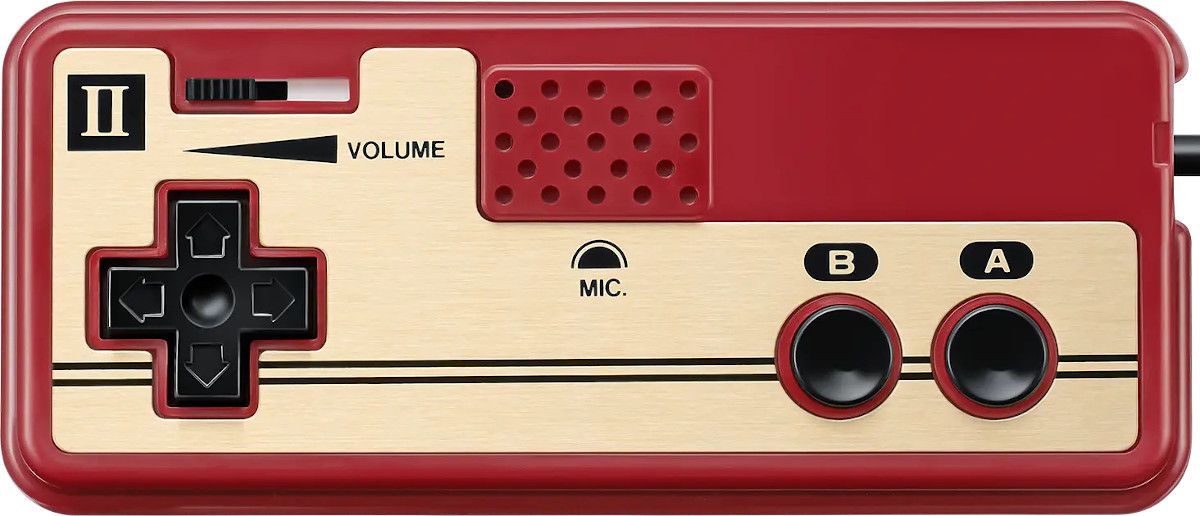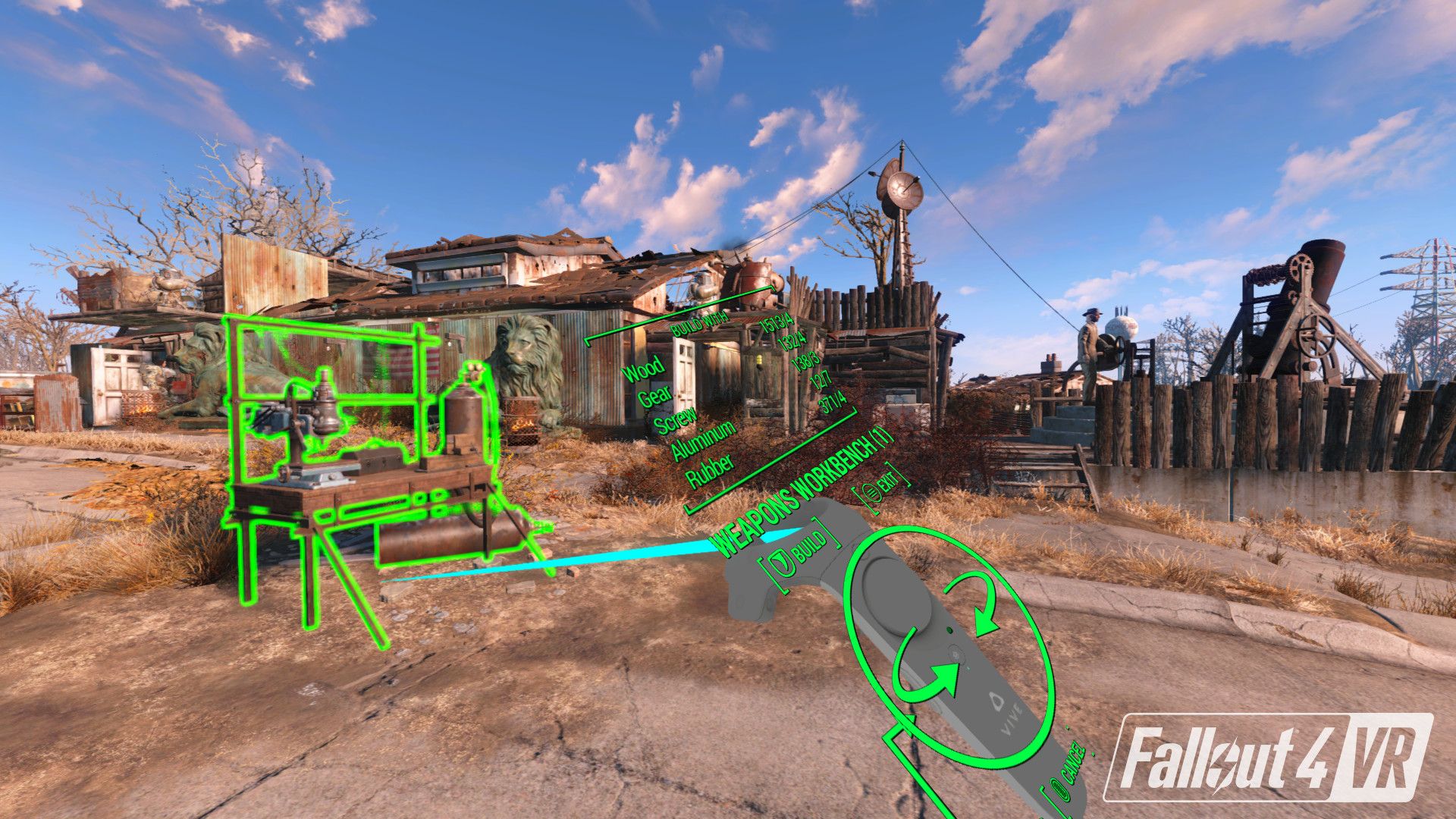Key Takeaways
- Voice controls in gaming date back to the days of the Famicom (NES), with notable titles like
Hey You, Pikachu!
and
Nintendogs
introducing many to the concept. - Early voice-controlled games lacked polish and compelling gameplay experiences due to technological limitations, which led many to see them as a gimmick.
- Advancements in voice recognition technology mean it’s a great time to revive voice controls, especially since most gamers already own the necessary hardware.
There was a time when voice controls felt like the future of gaming. Instead, the hype died down and the genre is almost extinct on modern consoles. But I think that now is the perfect time to revive voice controls.
The Evolution of Voice Controls
Voice controls first appeared in games in 1983, with the launch of the Nintendo Family Computer—more commonly known as the “Famicom”. The Famicom served as the Japanese version of the Nintendo Entertainment System (NES), though it boasted a different design and a few unique features.
One of these features is a microphone included in the Player 2 controller, taking the place of the standard controller’s “Start” and “Select” buttons.
Only a few Famicom games ever used the microphone, but never as a major feature. Usually, the mic was reserved for activating Easter eggs and cheats in games like the Legend of Zelda and Kid Icarus.
A few games found creative uses for the mic, such as singing during a karaoke minigame in Takeshi’s Challenge and yelling to call your teammates in Tag Team Wrestling.
Voice controls were fairly simplistic until the release of Hey You, Pikachu ! for the Nintendo 64. Released in Japan in 1998 (2000 for the rest of the world), the Pokémon-themed pet simulator came bundled with an N64 microphone and Voice-Recognition Unit (VRU). These add-ons enable Hey You, Pikachu! to recognize commands and phrases from a library of 256 words.
Most time spent with Hey You, Pikachu! involved talking to Pikachu through a microphone paired with the VRU. Throughout the game, you’d guide Pikachu through various activities, play games with him, and participate in Pokémon quizzes. Though some players might see Hey You, Pikachu! as a gimmicky minigame collection, its innovative peripherals set the standard for voice controls in games.
Only a year later, the Sega Dreamcast received its own voice-controlled pet sim titled Seaman. Unlike the Nintendo 64’s mic, the Dreamcast Microphone was compatible with numerous games and didn’t need a separate VRU to function.
The first game to use this add-on was Seaman, which was released in Japan only a year after Hey You, Pikachu! (and also arrived in other regions in 2000). Seaman can best be described as a fish tank simulator, except the fish have human faces, condescending personalities, and a tendency to kill each other.
Bizarre premise aside, Seaman is a stunning evolution of the voice-controlled pet sim. Using the microphone, you start out by teaching the “Seaman” to speak until it learns to hold lengthy conversations. Seaman may also ask you questions about various topics and will remember your answers in later discussions.
Voice controls expanded into other genres over time, with survival-horror games like Lifeline, party games like Mario Party 6 and 7, and even pinball and real-time strategy games with the uniquely strange Odama. Despite their creativity and innovation, these early voice-controlled games were fairly niche and often received mixed reviews.
The Nintendo DS helped voice controls become a more common feature in games, as the handheld included a built-in microphone. Some DS games like Mario Party DS and The World Ends With You detect when you shout or blow into the mic, but others found more creative uses for the feature.
The main reason most people remember the DS microphone is Nintendogs. The microphone was used to teach verbal commands and tricks to a virtual puppy, as well as call them by whatever name you choose. The latter feature is especially notable, as it meant Nintendogs supported custom verbal inputs rather than being limited to a pre-programmed list of commands.
Voice controls eventually returned to home consoles with the Xbox 360 Kinect. Although the Kinect is best known for its motion controls, it enabled voice commands in many popular releases. Squad-based shooters like Mass Effect and Binary Domain allow you to issue verbal commands to your AI companions, meaning you can spend more time focusing on the action instead of fumbling through menus.
Additionally, some Kinect games can be played almost entirely with voice commands, with Tom Clancy’s EndWar being one of the most notable examples.
The popularity of voice controls rapidly declined in the years that followed. Although the Xbox One and PlayStation 4 supported voice commands in menus, few games on these consoles supported voice controls. With the PlayStation 5, Xbox Series X|S, and Nintendo Switch, voice controls have essentially disappeared from consoles.
Why Voice Controls Never Caught On
Although voice controls have been around for years, they never matched the popularity of other controller innovations like touch screens, motion controls, and virtual reality. Even after years of improvements, voice controls are often regarded as an unpopular gimmick.
Unlike other trends that shook the gaming industry, there was never a killer app that showcased the need for voice controls. Hey You, Pikachu! was a frustrating experience for many players, though it’s hard to tell if poor voice detection was to blame or whether Pikachu was just a brat. Lifeline and Odama were similarly infamous for having unresponsive controls, despite their promising concepts.
Even the best examples of voice controls didn’t do much to promote the technology. Most people don’t look back on Nintendogs for its voice controls; they remember it for the cute puppies. Seaman had the opposite problem; it was a remarkable showcase of the creative potential of voice controls, but its creepy fish people didn’t do much to drive sales.
A greater issue was the lack of interest from players. Although Hey You, Pikachu! was one of the best-selling games on the Nintendo 64, most other voice-controlled games sold poorly due to their niche appeal and inconsistent quality. As a result, most DS and Kinect titles stuck to using voice controls for minor features rather than building entire games around verbal commands.
The Kinect served as the final nail in the coffin for voice controls. Its voice commands were supposed to be a convenient alternative to fiddling with menus, but most players ignored this feature. For many, there wasn’t a reason to use voice commands when they performed the same functions as a controller. The few players who tried the Kinect’s voice controls saw mixed results, with some games implementing them perfectly while others were barely functional.
The earliest voice-controlled games were full of creative ideas, but their frustrating lack of polish soured many players on the entire concept of voice controls. By the time voice controls had improved enough to support these ambitious games, most studios were reluctant to try and push the technology.
Without a compelling reason to use these features, voice controls were eventually scrapped and forgotten for future console generations.
Voice Controls Would Be Perfect For Modern Systems
In recent years, voice controls have seen numerous improvements thanks to smart TVs and virtual assistants. Some devices like the Amazon Echo support fully voice-controlled apps and games. The technology behind voice detection has come a long way since the Nintendo 64, allowing modern voice-controlled games to avoid the problems that plagued their predecessors.
Newer consoles don’t even need special microphones like the ones released for the PlayStation 2 and GameCube. Many players already own headsets with mics for online voice chat, and the PlayStation 5’s DualSense controller includes a built-in microphone.
All these improvements make it possible to revive the ambitious ideas seen in Lifeline and Odama, but that’s not the only reason voice controls should make a return. Voice controls are also perfect for virtual reality, providing a useful alternative to the clunky menus that hinder even the best VR titles.
With voice controls, many of the usual inconveniences found in VR games can be easily avoided, and there are already a few games that demonstrate this. The Broken Seal is a sprawling open-world role-playing game wherein you wield magic by chanting the names of spells. Waltz of the Wizard features a similar voice-controlled spell-casting mechanic, as well as an AI companion that communicates and reacts to what you say.
Whether more developers will be willing to revive voice controls is another problem altogether. There have been more failures than successes throughout the history of voice controls, which is why the only recent games in the genre have come from indie developers. Regardless, the technology to make a proper voice-controlled experience is finally here, and more studios will hopefully take advantage of it.
Voice Controls Deserve a Second Chance
Despite their less-than-stellar track record, voice controls can bring fresh ideas to the gaming industry. The earliest voice-controlled titles were held back by technological limitations, but new releases can revive their failed ideas while taking advantage of new hardware.
If voice controls get another chance, we might soon see some of the most inventive and imaginative gaming experiences in years.






